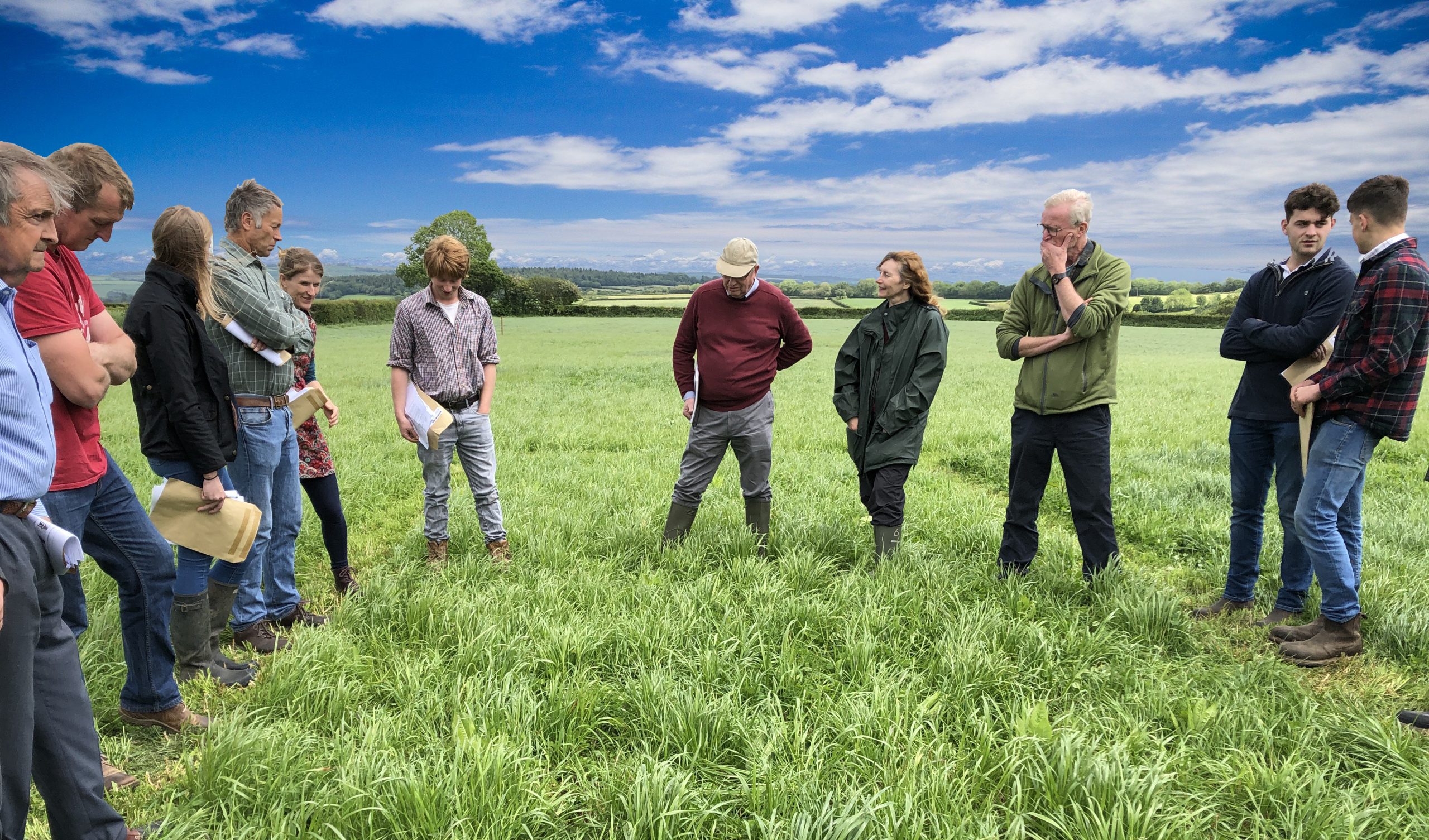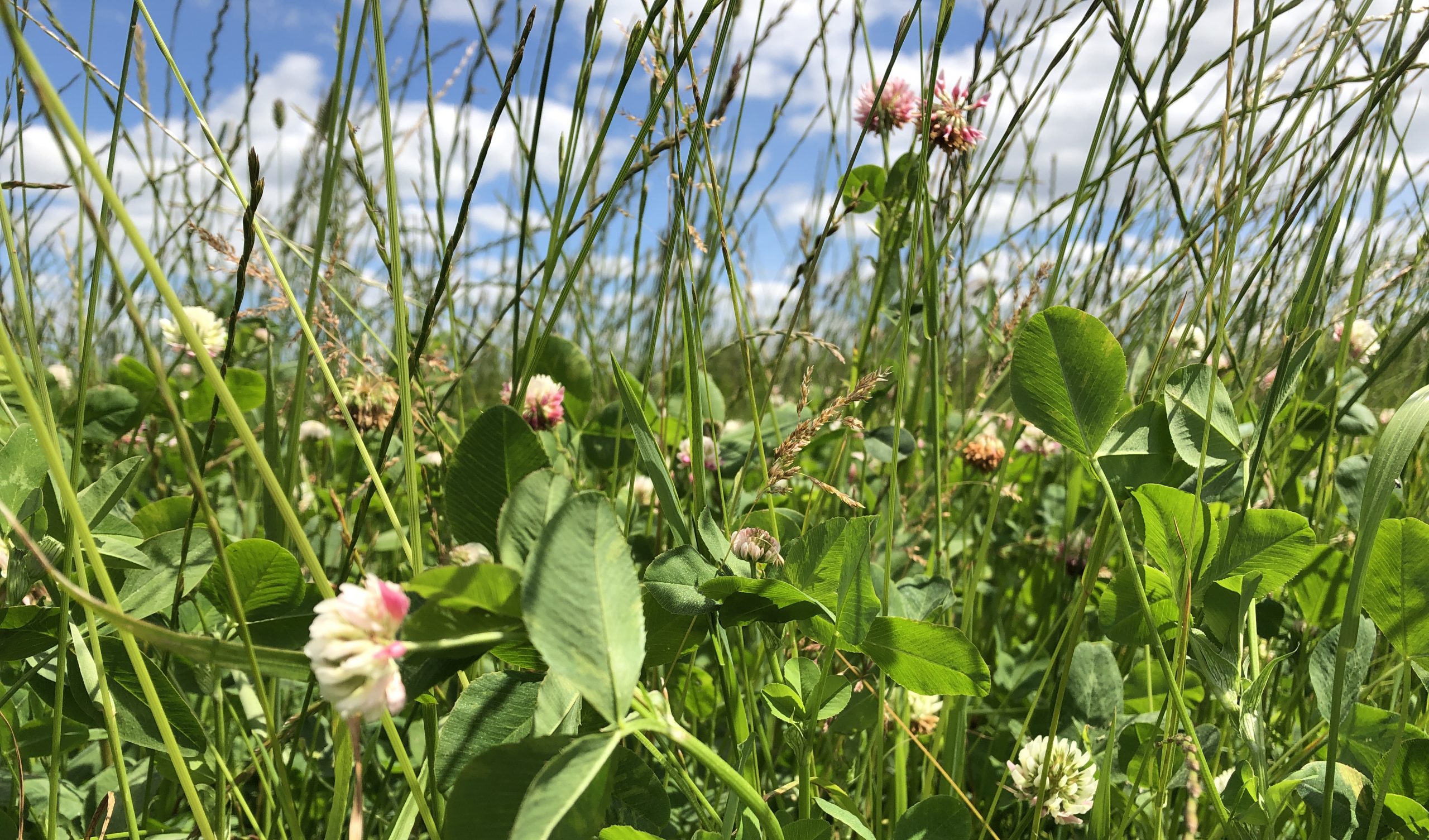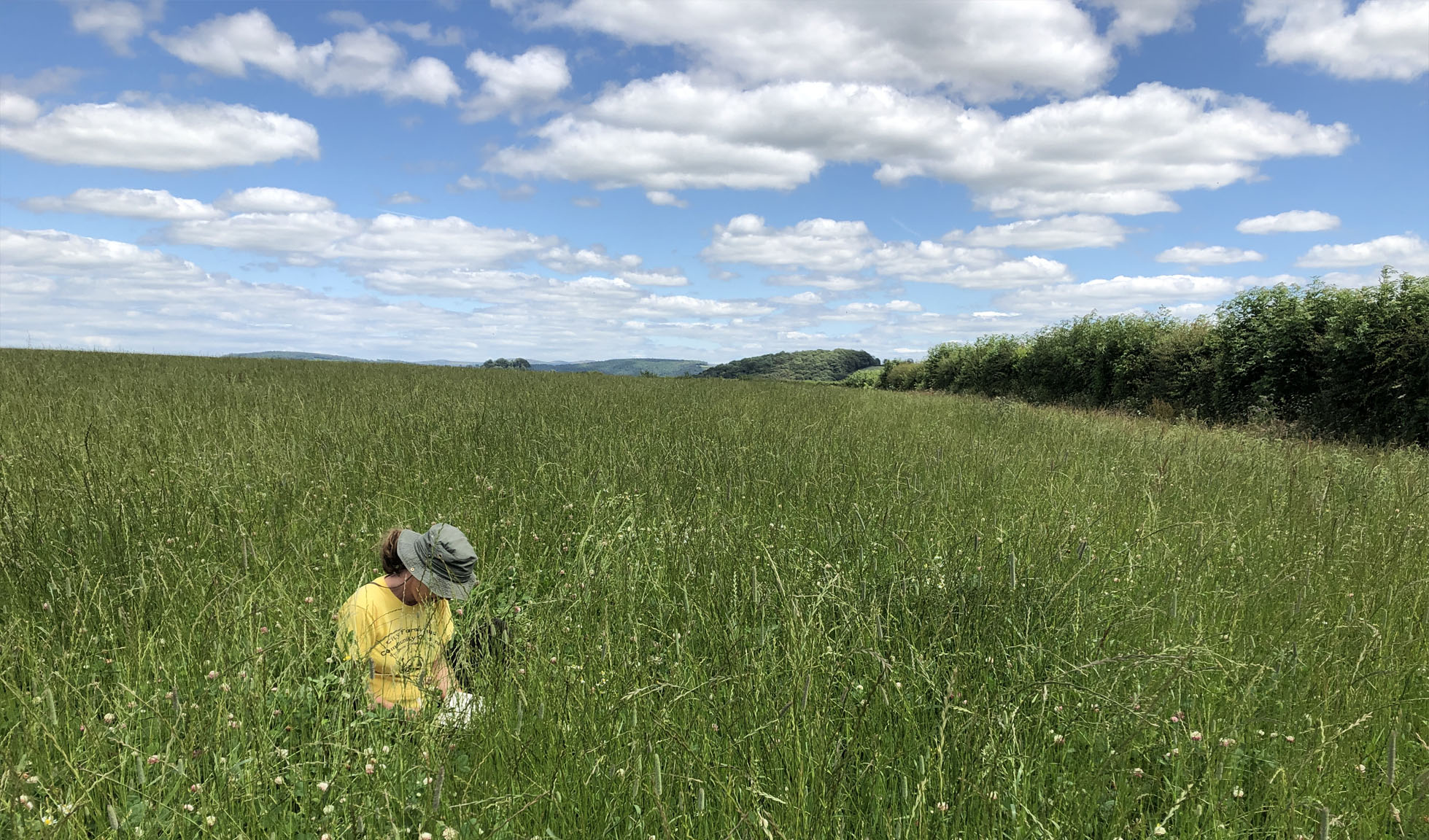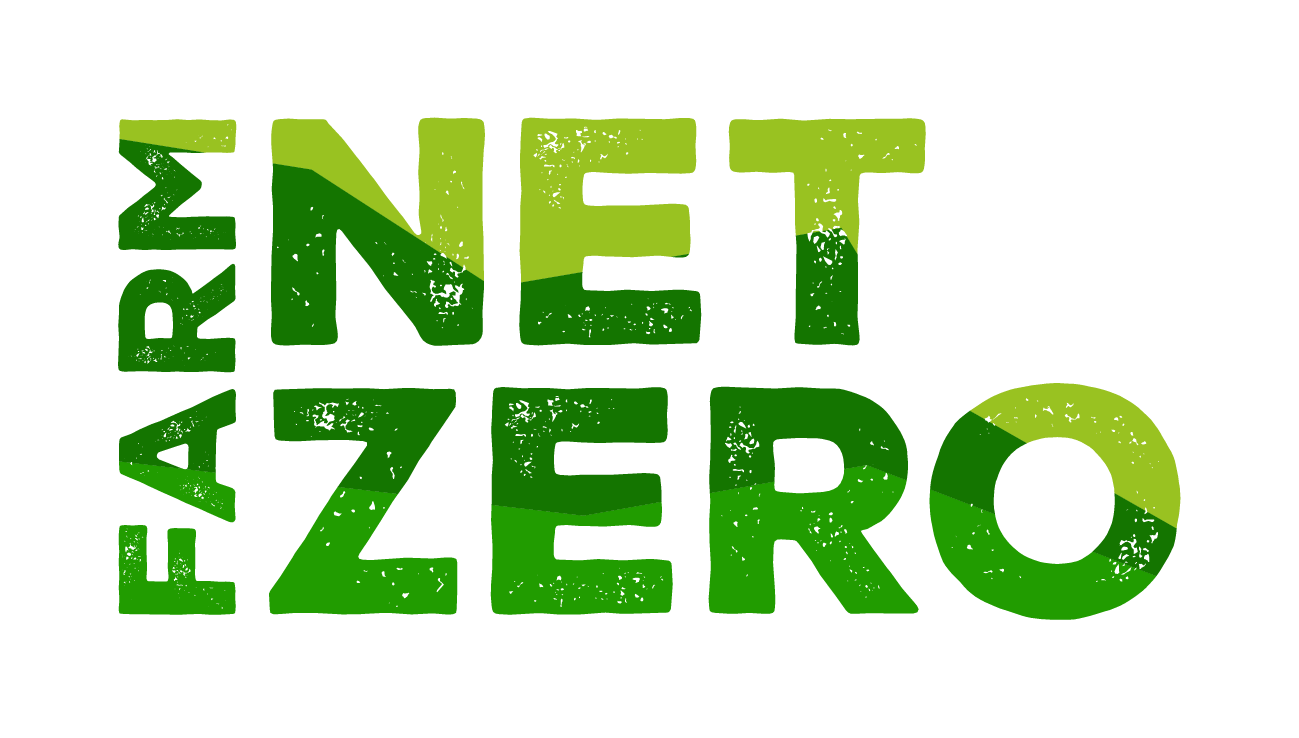PROVEN BENEFITS
Research shows that multi-species swards can outperform simpler swards containing only one or two species. We searched the academic literature (1990 – 2019) and identified 77 studies comparing the performance of multi-species swards against a control sward of one or two species.
Performance was measured using a total of 20 factors, relating to forage quality, final product quality or yield, and environmental benefits. Results for the most common factors (used in more than 5 studies) are shown below. There were considerable gaps in the research literature, particularly in relation to the relative environmental impacts of different swards.
WHAT WE FOUND
- We found 77 experimental studies comparing a multi-species sward with a one or two species control sward.
- Studies were located across 25 countries, with 50% in the same climate zone as the UK (oceanic).
- Approximately half the studies were based on cutting regimes and, half on grazing.
- Approximately a third of studies used a perennial rye-grass and white clover control sward to compare to compare against multi-species swards.
- 68% of studies used a chicory-containing multi-species sward
- The majority of studies showed a performance advantage for the multi-species sward, notably for lamb meat quality, weed suppression, nitrogen leaching and forage quality.
- The results indicate that our understanding of multi-species swards is incomplete, in particular more research into the environmental performance and stress tolerance potential of multi-species swards is needed.
The graphics below show some of the trends we noted from the various studies for a range of different measures of the performance of diverse swards compared with simpler leys.
FORAGE
Note: Percentages do not add up to a hundred because some studies compared multiple swards
Did diverse forages have a higher Dry Matter yield than the control?
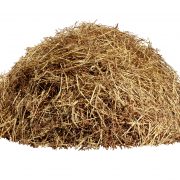
Did diverse forages have a lower Neutral Detergent Fibre level than the control?

Did diverse forages have a higher digestibility than the control?
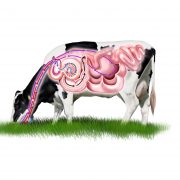
Did diverse forages have a a higher Crude Protein level than the control?
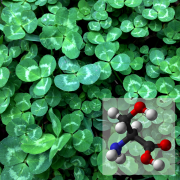
PRODUCT YIELDS
Did cows grazing on diverse swards produce a higher milk yield than on the control?
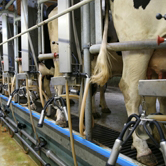
Were lambs grazing on diverse swards heavier than on the control?

ENVIRONMENTAL PERFORMANCE
Were diverse swards better at suppressing weeds than the control?
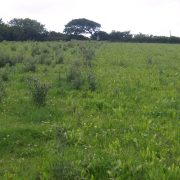
Did multi-species swards have more potential for reducing nitrogen leaching than the control?
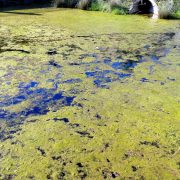
ABOUT THE STUDIES
Hover over the images to find out more about studies used for this literature review

